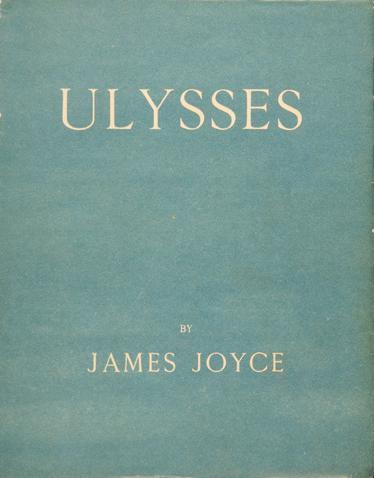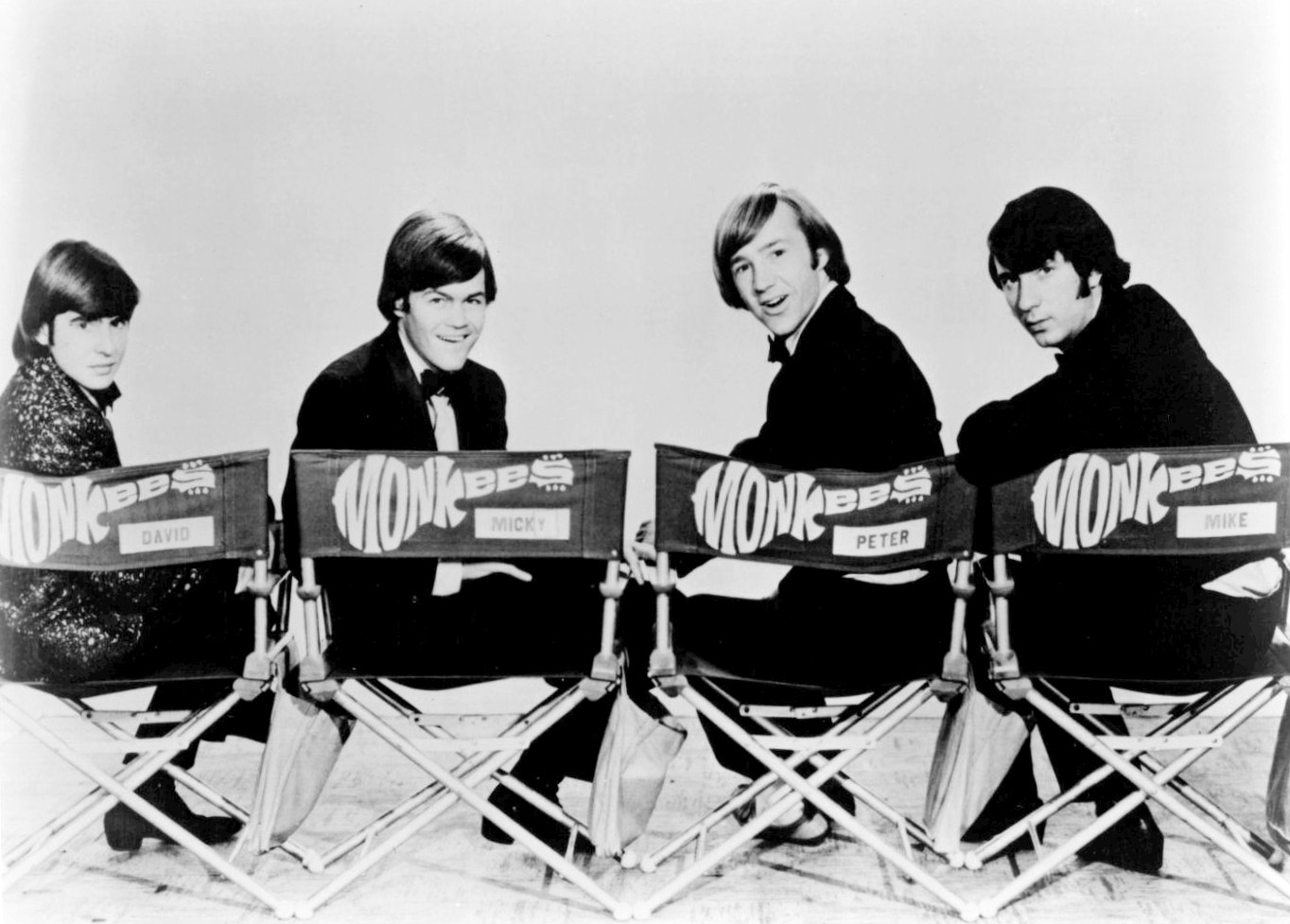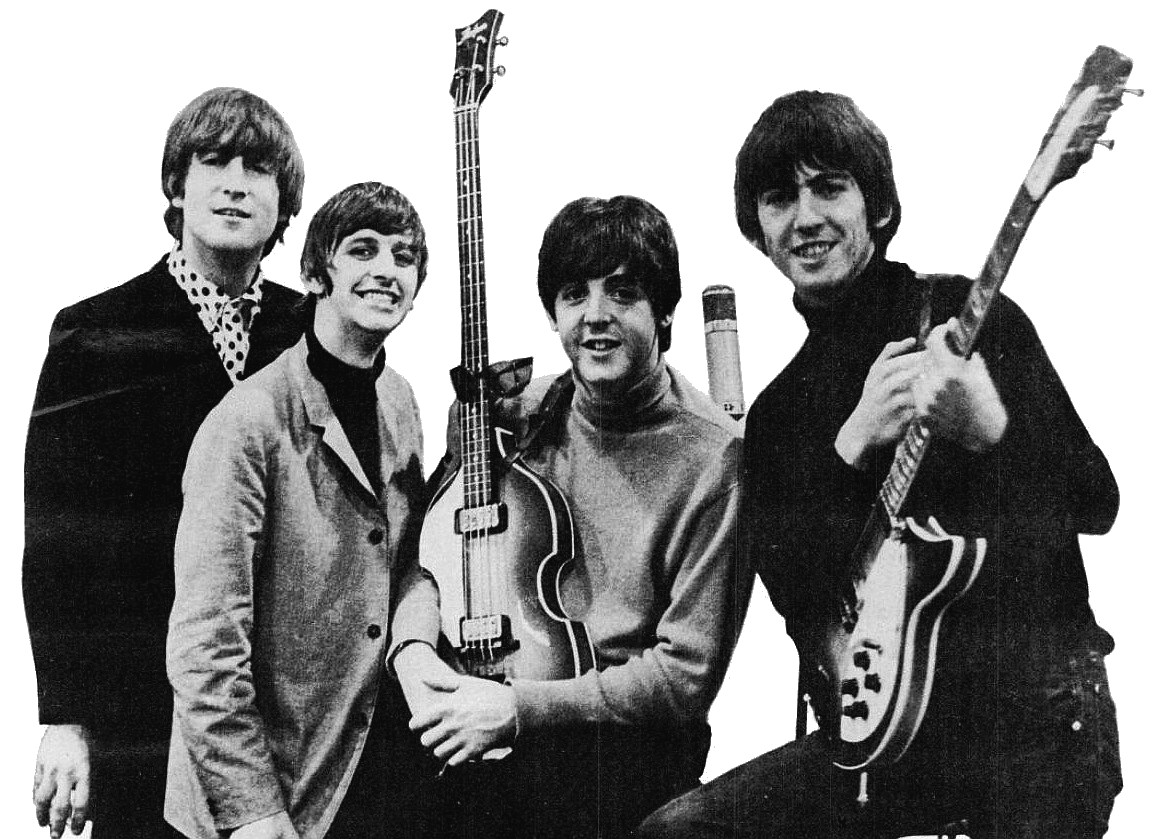|
Bert Schneider
Berton "Bert" Jerome Schneider (May 5, 1933December 12, 2011) was an American film and television producer. He was responsible for several topical films of the late 1960s and early 1970s, including the road film ''Easy Rider'' (1969), directed by Dennis Hopper. Early life and education Schneider was born to a wealthy Jewish familyBiskind, PeteEasy Riders Raging Bulls: How the Sex-Drugs-And Rock 'N Roll Generation Saved Hollywood - - Publisher: Simon & Schuster - Publish Date: April 1999 p.55 in New York City and raised in New Rochelle, New York. His father was Abraham Schneider (1905-1993), who succeeded Harry Cohn as the president of Columbia Pictures. He was the middle of two brothers, the younger Harold and the elder Stanley. Schneider tended toward the rebellious politics of the day. Briefly a student at Cornell University, located in Ithaca, New York, he was ultimately expelled. His brother, Harold Schneider, also became a film producer. Career In 1953, he worked for Scr ... [...More Info...] [...Related Items...] OR: [Wikipedia] [Google] [Baidu] |
Brackets
A bracket is either of two tall fore- or back-facing punctuation marks commonly used to isolate a segment of text or data from its surroundings. Typically deployed in symmetric pairs, an individual bracket may be identified as a 'left' or 'right' bracket or, alternatively, an "opening bracket" or "closing bracket", respectively, depending on the Writing system#Directionality, directionality of the context. Specific forms of the mark include parentheses (also called "rounded brackets"), square brackets, curly brackets (also called 'braces'), and angle brackets (also called 'chevrons'), as well as various less common pairs of symbols. As well as signifying the overall class of punctuation, the word "bracket" is commonly used to refer to a specific form of bracket, which varies from region to region. In most English-speaking countries, an unqualified word "bracket" refers to the parenthesis (round bracket); in the United States, the square bracket. Glossary of mathematical sym ... [...More Info...] [...Related Items...] OR: [Wikipedia] [Google] [Baidu] |
Bob Rafelson
Robert Jay Rafelson (February 21, 1933 – July 23, 2022) was an American film director, writer, and producer. He is regarded as one of the key figures in the founding of the New Hollywood movement of the 1970s. Among his best-known films as a director include those made as part of the company he cofounded, Raybert/BBS Productions, ''Five Easy Pieces'' (1970) and ''The King of Marvin Gardens'' (1972), as well as acclaimed later films, '' The Postman Always Rings Twice'' (1981) and '' Mountains of the Moon'' (1990). Other films he produced as part of BBS include two of the most significant films of the era, ''Easy Rider'' (1969) and ''The Last Picture Show'' (1971). ''Easy Rider'', ''Five Easy Pieces'' and ''The Last Picture Show'' were all chosen for inclusion in the Library of Congress' National Film Registry. He was also one of the creators of the pop group and TV series ''The Monkees'' with BBS partner Bert Schneider. His first wife was the production designer Toby Carr Rafel ... [...More Info...] [...Related Items...] OR: [Wikipedia] [Google] [Baidu] |
Five Easy Pieces
''Five Easy Pieces'' is a 1970 American drama film directed by Bob Rafelson, written by Carole Eastman (as Adrien Joyce) and Rafelson, and starring Jack Nicholson, Karen Black, Susan Anspach, Lois Smith, and Ralph Waite. The film tells the story of surly oil rig worker Bobby Dupea, whose rootless blue-collar existence belies his privileged youth as a piano prodigy. When Bobby learns that his father is dying, he travels to his family home in Washington to visit him, taking along his uncouth girlfriend. The film was nominated for four Academy Awards and five Golden Globe Awards, and in 2000, was included in the annual selection of 25 motion pictures added to the United States National Film Registry of the Library of Congress being deemed "culturally, historically, or aesthetically significant" and recommended for preservation. Plot Bobby Dupea works in an oil field in Kern County, California. He spends most of his time with his girlfriend Rayette, a waitress who has dreams of sing ... [...More Info...] [...Related Items...] OR: [Wikipedia] [Google] [Baidu] |
Drama (film And Television)
In film and television, drama is a category or genre of narrative fiction (or semi-fiction) intended to be more serious than humorous in tone. Drama of this kind is usually qualified with additional terms that specify its particular super-genre, macro-genre, or micro-genre, such as soap opera, police crime drama, political drama, legal drama, historical drama, domestic drama, teen drama, and comedy-drama (dramedy). These terms tend to indicate a particular setting or subject-matter, or else they qualify the otherwise serious tone of a drama with elements that encourage a broader range of moods. To these ends, a primary element in a drama is the occurrence of conflict—emotional, social, or otherwise—and its resolution in the course of the storyline. All forms of cinema or television that involve fictional stories are forms of drama in the broader sense if their storytelling is achieved by means of actors who represent ( mimesis) characters. In this broader sense, dra ... [...More Info...] [...Related Items...] OR: [Wikipedia] [Google] [Baidu] |
New Hollywood
The New Hollywood, also known as American New Wave or Hollywood Renaissance, was a movement in American film history from the mid-1960s to the early 1980s, when a new generation of young filmmakers came to prominence. They influenced the types of film produced, their production and marketing, and the way major studios approached filmmaking. In New Hollywood films, the film director, rather than the studio, took on a key authorial role. The definition of "New Hollywood" varies, depending on the author, with some defining it as a movement and others as a period. The span of the period is also a subject of debate, as well as its integrity, as some authors, such as Thomas Schatz, argue that the New Hollywood consists of several different movements. The films made in this movement are stylistically characterized in that their narrative often deviated from classical norms. After the demise of the studio system and the rise of television, the commercial success of films was diminished. ... [...More Info...] [...Related Items...] OR: [Wikipedia] [Google] [Baidu] |
Art Film
An art film (or arthouse film) is typically an independent film, aimed at a niche market rather than a mass market audience. It is "intended to be a serious, artistic work, often experimental and not designed for mass appeal", "made primarily for aesthetic reasons rather than commercial profit", containing "unconventional or highly symbolic content". Film critics and film studies scholars typically define an art film as possessing "formal qualities that mark them as different from mainstream Hollywood films". These qualities can include (among other elements): a sense of social realism; an emphasis on the authorial expressiveness of the director; and a focus on the thoughts, dreams, or motivations of characters, as opposed to the unfolding of a clear, goal-driven story. Film scholar David Bordwell describes art cinema as "a film genre, with its own distinct conventions". Art film producers usually present their films at special theaters ( repertory cinemas or, in the U.S., art- ... [...More Info...] [...Related Items...] OR: [Wikipedia] [Google] [Baidu] |
Stream Of Consciousness Writing
In literary criticism, stream of consciousness is a narrative mode or method that attempts "to depict the multitudinous thoughts and feelings which pass through the mind" of a narrator. The term was coined by Daniel Oliver in 1840 in ''First Lines of Physiology: Designed for the Use of Students of Medicine,'' when he wrote, Better known, perhaps, is the 1855 usage by Alexander Bain in the first edition of ''The Senses and the Intellect'', when he wrote, "The concurrence of Sensations in one common stream of consciousness–on the same cerebral highway–enables those of different senses to be associated as readily as the sensations of the same sense". But it is commonly credited to William James who used it in 1890 in his ''The Principles of Psychology''. In 1918, the novelist May Sinclair (1863–1946) first applied the term stream of consciousness, in a literary context, when discussing Dorothy Richardson's novels. '' Pointed Roofs'' (1915), the first work in Richardson's ... [...More Info...] [...Related Items...] OR: [Wikipedia] [Google] [Baidu] |
Jack Nicholson
John Joseph Nicholson (born April 22, 1937) is an American retired actor and filmmaker. He is widely regarded as one of the greatest actors of all time. In many of his films, he played rebels against the social structure. He received numerous accolades throughout his career which spanned over five decades, including three Academy Awards. His most known and celebrated films include '' Chinatown'' (1974), '' One Flew Over the Cuckoo's Nest'' (1975), '' The Shining'' (1980), and ''The Departed'' (2006). He has also directed three films, including ''The Two Jakes'' (1990), a sequel to ''Chinatown''. His twelve Academy Award nominations make Nicholson the most nominated male actor in the Academy's history. He has won the Academy Award for Best Actor twice, once for ''One Flew Over the Cuckoo's Nest'' (1975) and once for ''As Good as It Gets'' (1997); he also won the Academy Award for Best Supporting Actor for ''Terms of Endearment'' (1983). He is one of only three male actors ... [...More Info...] [...Related Items...] OR: [Wikipedia] [Google] [Baidu] |
Head (film)
''Head'' is a 1968 American satirical musical adventure film written and produced by Jack Nicholson and Bob Rafelson, directed by Rafelson, starring television rock group the Monkees ( Davy Jones, Peter Tork, Micky Dolenz and Michael Nesmith) and distributed by Columbia Pictures. During production, one of the working titles for the film was ''Changes'', which was later the name of an album by the Monkees. Another working title was ''Untitled''. A rough cut of the film was previewed for audiences in Los Angeles in the summer of 1968 under the title ''Movee Untitled''. The film featured Victor Mature as "The Big Victor" and cameo appearances by Nicholson, Teri Garr, Carol Doda, Annette Funicello, Frank Zappa, Sonny Liston, Timothy Carey, Percy Helton and Ray Nitschke. Also appearing on screen in brief non-speaking parts are Dennis Hopper and film choreographer Toni Basil. Plot ''Head'' begins at the dedication of the Gerald Desmond Bridge in Long Beach, California. As a local pol ... [...More Info...] [...Related Items...] OR: [Wikipedia] [Google] [Baidu] |
Counterculture
A counterculture is a culture whose values and norms of behavior differ substantially from those of mainstream society, sometimes diametrically opposed to mainstream cultural mores.Eric Donald Hirsch. ''The Dictionary of Cultural Literacy''. Houghton Mifflin. . (1993) p. 419. "Members of a cultural protest that began in the U.S. In the 1960s and Europe before fading in the 1970s... fundamentally a cultural rather than a Protest, political protest." A countercultural movement expresses the ethos and aspirations of a specific population during a well-defined era. When oppositional forces reach Critical mass (sociodynamics), critical mass, countercultures can trigger dramatic cultural changes. Prominent examples of countercultures in the Western world include the Levellers (1645–1650), Bohemianism (1850–1910), the more fragmentary counterculture of the Beat Generation (1944–1964), followed by the globalized counterculture of the 1960s (1964–1974). Definition and characteris ... [...More Info...] [...Related Items...] OR: [Wikipedia] [Google] [Baidu] |
The Monkees
The Monkees were an American rock and pop band, formed in Los Angeles in 1966, whose lineup consisted of the American actor/musicians Micky Dolenz, Michael Nesmith and Peter Tork alongside English actor/singer Davy Jones. The group was conceived in 1965 by television producers Bob Rafelson and Bert Schneider for the situation comedy series of the same name. Music credited to the band was released on LP, as well as being included in the show, which aired from 1966 to 1968. While the sitcom was a mostly straightforward affair, the music production generated tension and controversy almost from the beginning. Music supervisor Don Kirshner was dissatisfied with the quartet's musical abilities, and he limited their involvement during the recording process, relying instead on professional songwriters and studio musicians. This arrangement yielded multiple hit albums and singles, but it did not sit well with the band members, who were facing a public backlash for not playing on the ... [...More Info...] [...Related Items...] OR: [Wikipedia] [Google] [Baidu] |
Rock Band
A rock band or pop band is a small musical ensemble that performs rock music, pop music, or a related genre. A four-piece band is the most common configuration in rock and pop music. In the early years, the configuration was typically two guitarists (a lead guitarist and a rhythm guitarist, with one of them singing lead vocals), a bassist, and a drummer (e.g. the Beatles and KISS). Another common formation is a vocalist who does not play an instrument, electric guitarist, bass guitarist, and a drummer (e.g. the Who, the Monkees, Led Zeppelin, Queen, and U2). Instrumentally, these bands can be considered as trios. Sometimes, in addition to electric guitars, electric bass, and drums, also a keyboardist (especially a pianist) plays. Etymology The usage of band as "group of musicians" originated from 1659 to describe musicians attached to a regiment of the army and playing instruments which may be used while marching. This word also used in 1931 to describe "one man band" for peopl ... [...More Info...] [...Related Items...] OR: [Wikipedia] [Google] [Baidu] |

_by_Erling_Mandelmann.jpg)



